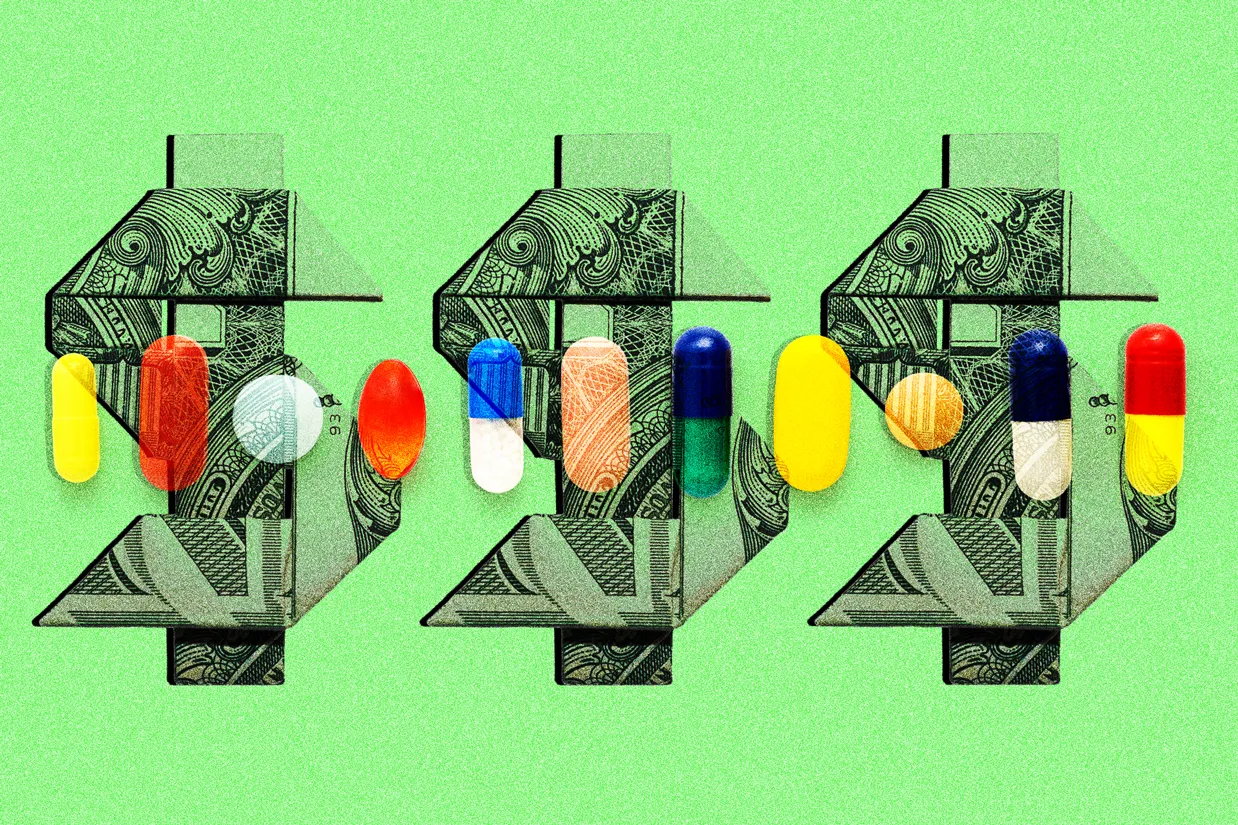Why Americans Are Paying More for Medications

Americans Face Rising Prescription Drug Costs Despite New Regulations
Even with new regulations in place to control the cost of medications, Americans are finding themselves spending more than ever on their prescriptions. According to a recent report from health data analytics firm IQVIA, out-of-pocket costs for prescription drugs hit a record high of $98 billion last year. Over the past five years, these costs have increased by 25%, with a $6 billion surge in expenses from 2023 alone.
While a growing number of prescriptions now come with a $0 price tag at checkout, overall spending has increased due to higher utilization of prescription drugs and a rise in expenses for medications such as those used for cancer treatment and weight loss.
The report highlights that out-of-pocket spending has also been driven up by a disproportionate increase in the cost of prescription drugs administered outside of traditional retail pharmacy settings, such as hospitals and long-term care facilities. In 2024, Americans spent $29 billion on non-retail drugs, marking a 53% increase over five years.
Despite the record spending, the report reveals that 93% of prescriptions cost $19.99 or less out of pocket, with an average price of $9.82. Generic drugs were found to be significantly cheaper than brand-name drugs, priced at $6.95 per prescription compared to $28.69.
Challenges in Affording Medication
Recent efforts to curb drug prices, such as the Inflation Reduction Act (IRA) signed into law by former President Joe Biden, have aimed to alleviate the financial burden on Americans. The IRA includes provisions like capping out-of-pocket insulin costs at $35 per month for Medicare beneficiaries and limiting prescription drug expenses for certain Medicare Part D enrollees once they reach a specified threshold of out-of-pocket spending.
President Donald Trump’s executive order in April further builds on these initiatives, focusing on drug price negotiation and the production of more affordable generic alternatives to expensive brand-name medications.
However, for many Americans, the struggle to afford medications persists. A survey by the Kaiser Family Foundation found that over 60% of adults currently take prescription drugs, with a significant number facing challenges in affording them. About 3 in 10 respondents reported difficulty in affording their medications, leading some to skip doses or resort to risky cost-cutting measures.
The report also indicates that 96 million new prescriptions in 2024 were abandoned, with cost being a significant factor in non-adherence to prescribed medications.
Implications of Rising Drug Costs
Net spending on prescription drugs, inclusive of payments from Medicare, Medicaid, and private insurers, has surged by 11.4% in 2024 to reach $487 billion, with estimates projecting total spending to hit $603 billion by 2029.
These escalating costs have broader implications on healthcare expenditure, potentially leading to higher insurance premiums for consumers. Employers anticipate a rise in health plan costs due to increased spending on medications like weight-loss drugs and specialty cancer treatments.
Furthermore, the imposition of tariffs on pharmaceutical imports could further inflate drug costs for consumers and insurers, adding to the already projected increase in insurance premiums for 2025.
Conclusion
Americans continue to grapple with rising prescription drug costs despite regulatory efforts to control prices. The financial burden of medication expenses poses challenges for individuals, healthcare providers, and insurers alike, with implications for overall healthcare spending in the country.
As policymakers and industry stakeholders work towards addressing these challenges, the need for affordable and accessible medication remains a critical priority for ensuring the well-being of all Americans.





